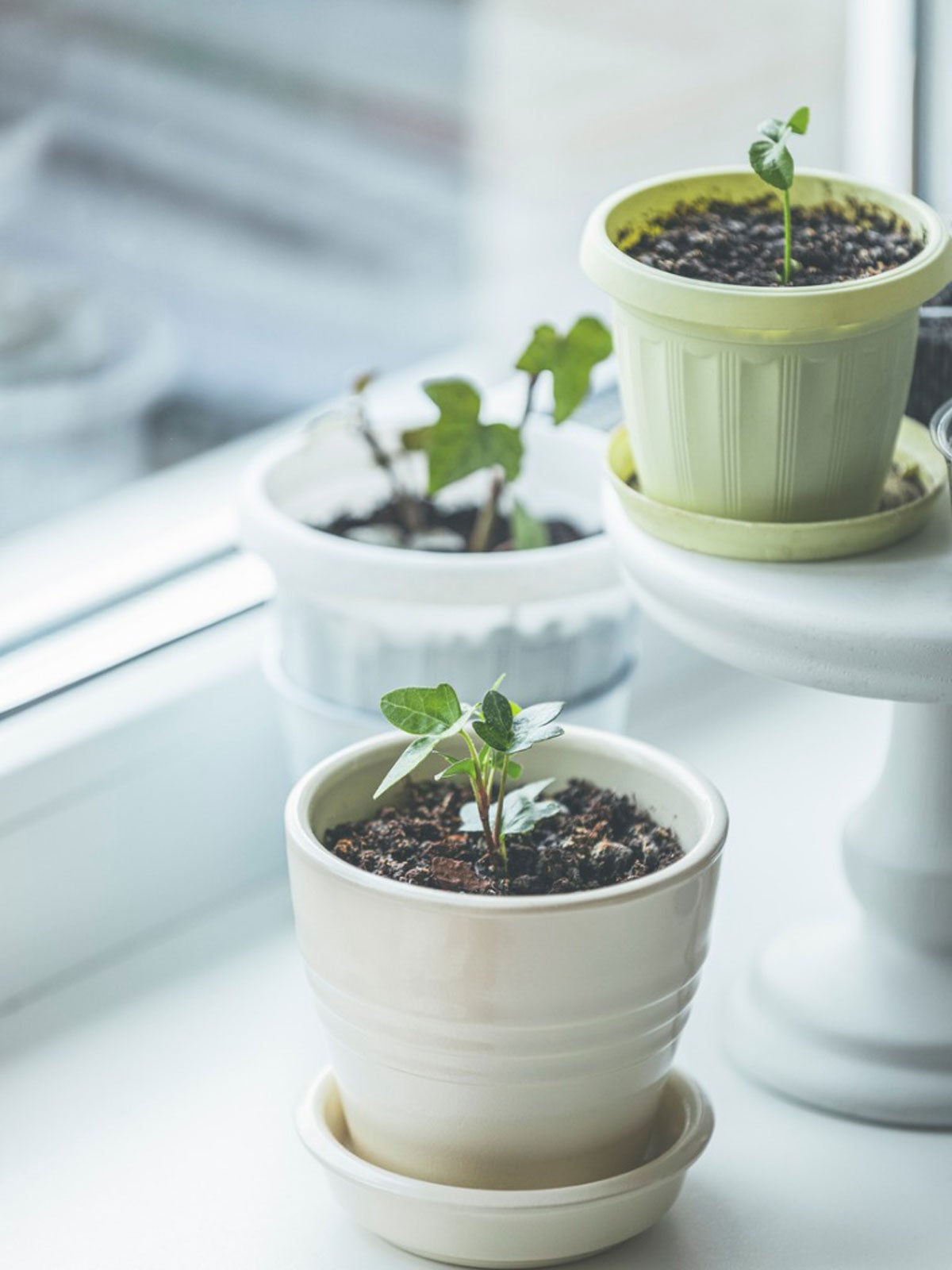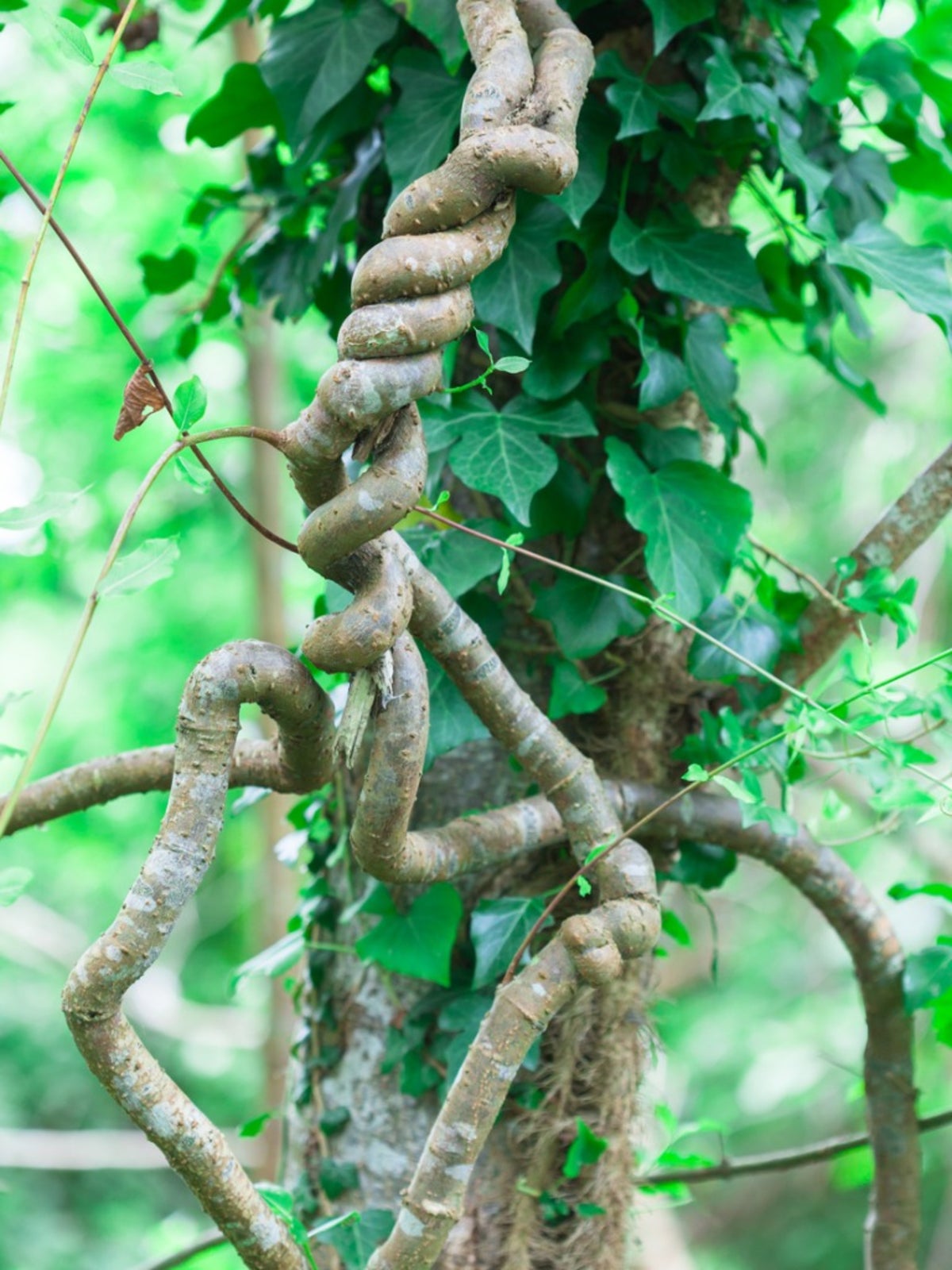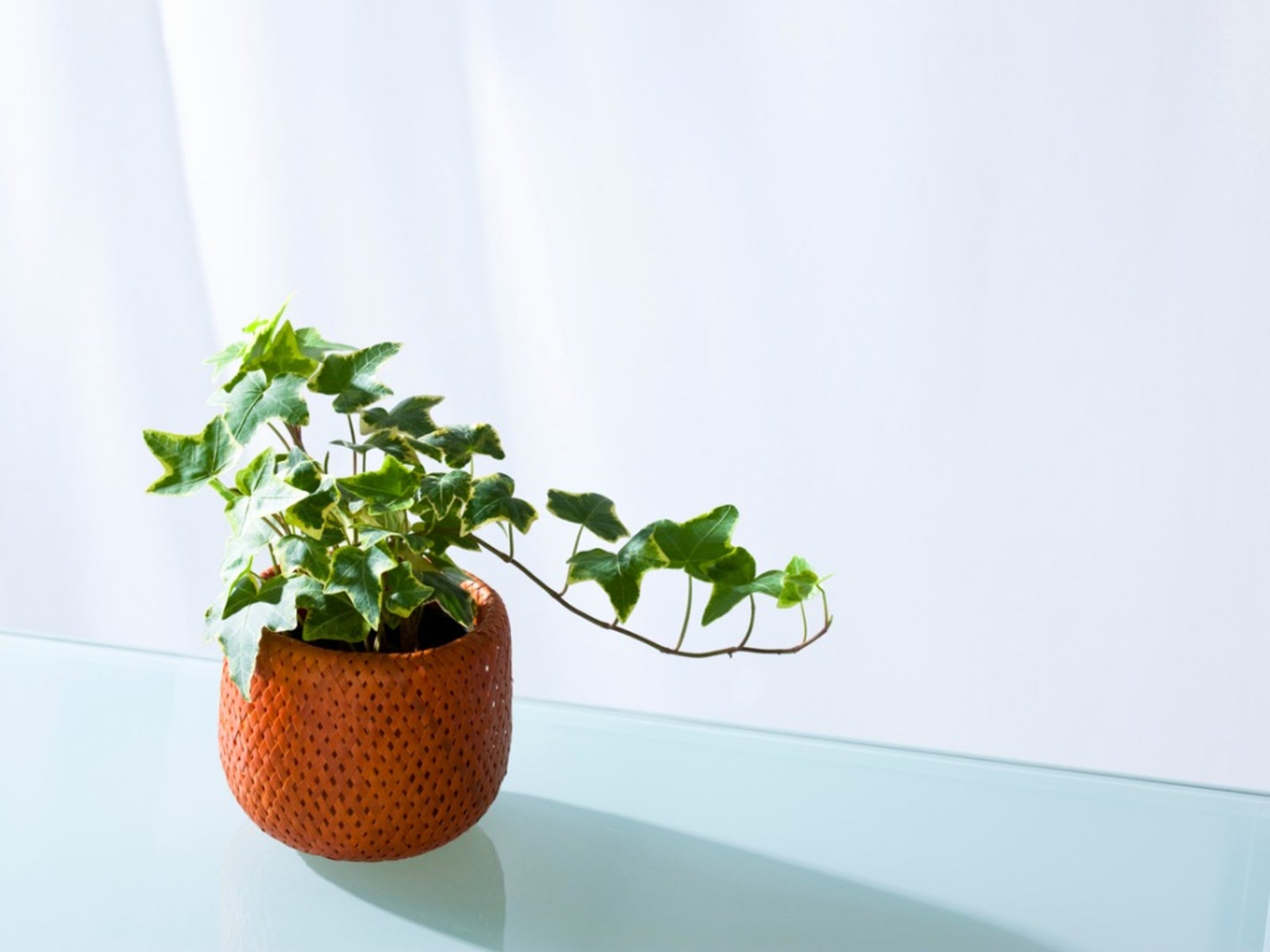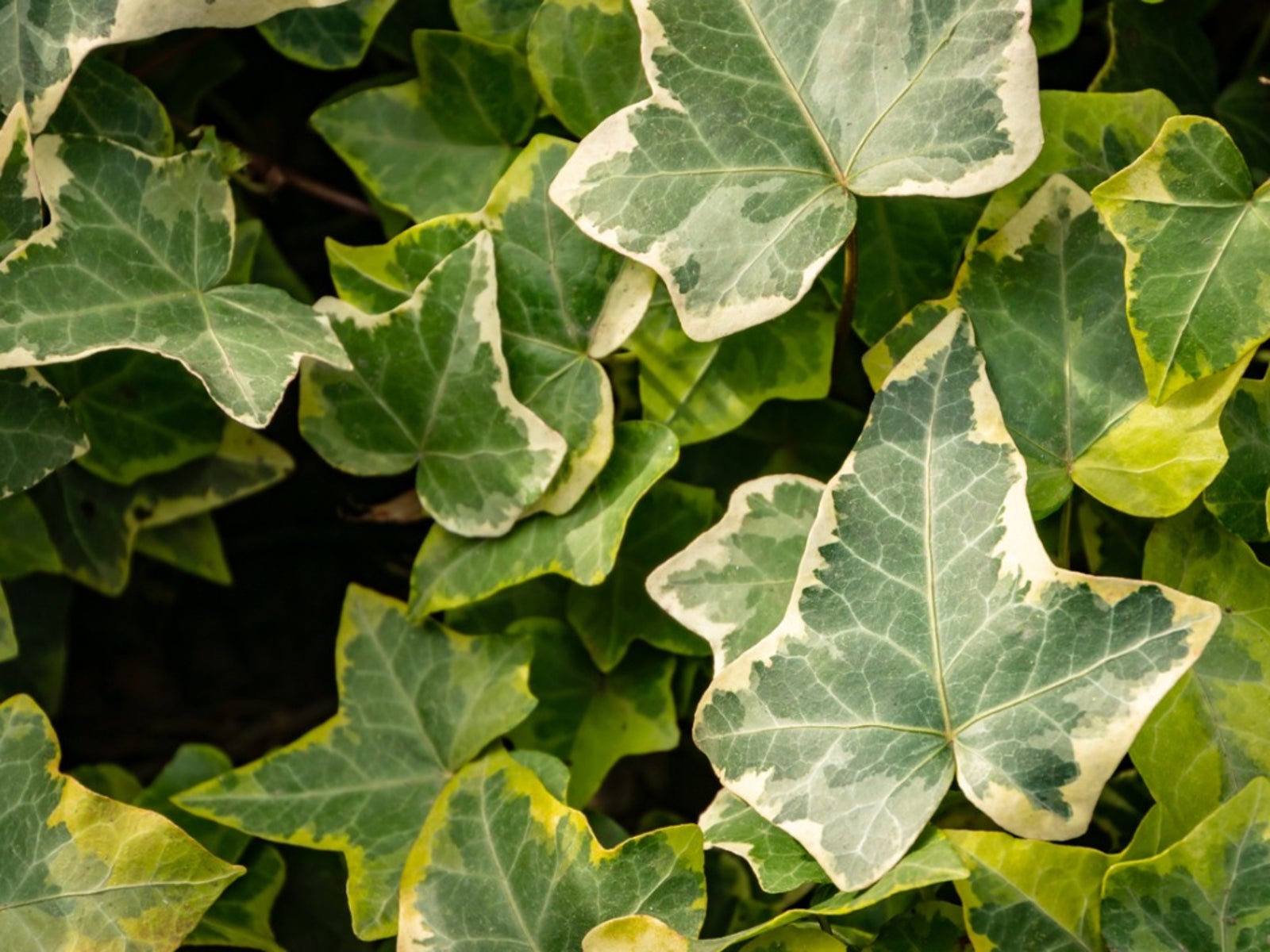How To Propagate Ivy – Best Methods For Success
Learn how to propagate ivy and pot up a lovely houseplant. Learning how to propagate English ivy is super-easy, since it forms roots so quickly.


How To Propagate Ivy – Easy, Expert Tips For Success
If you have questions about how to propagate ivy, we’ll try to help. English ivy is a pretty plant but sometimes controversial when used in gardens. Considered invasive in many areas, ivy grows readily outdoors, taking over native plants, climbing up trees, and attaching roots to homes and walls. Indoors, an English ivy can make a lovely houseplant with vines that spill out of the container. Knowing how to propagate English ivy allows you to enjoy more houseplants or to share your favorite with friends.
Best Ways to Propagate Ivy
You can choose from a couple of different English ivy propagation methods. If you have an outdoor plant, layering is an easy way to encourage new root growth. Press vines into moist soil, and roots will develop at the nodes. You can then remove and repot the vines.
Rooting stem cuttings is the best method for propagating ivy from indoor houseplants. You can also root a houseplant outdoors by layering in summer.
When to Propagate Ivy
If you are propagating outdoor ivy by layering, you’ll need to do it when soil conditions are right, usually in spring and summer. The soil should be workable and the plant growing for it to work.
For houseplants, propagate by cutting at any time of year. The best time is when the plant is resting after an active growth spurt, but you should be able to get roots at any time.
How to Propagate Ivy
To propagate by layering, press a vine into moist soil. Use wire staples to hold the vine in place in the soil. Keep the soil moist for several weeks to allow roots to grow at the nodes. When propagating a houseplant this way, take it outdoors and sink it into the soil, then press the vines into the ground.
Once roots have formed at the nodes, you can remove the vine, cut it into pieces, and repot them. There are some risks to rooting this way with a houseplant. Most importantly, you risk bringing pests indoors. Check the cuttings carefully for insects before repotting.
Gardening tips, videos, info and more delivered right to your inbox!
Sign up for the Gardening Know How newsletter today and receive a free copy of our e-book "How to Grow Delicious Tomatoes".
To propagate by stem cutting, make a clean sharp cut just below a node. The cutting should be 3 to 5 inches (7.6 to 12.7 cm) long. Remove leaves from the bottom of the cutting so that you have at least an inch (2.5 cm) of bare stem and at least two leaves at the top.
Place the cut end of the stem in a moist rooting medium. Coarse sand or perlite are good options. Place the container in bright but indirect light and keep the medium moist. You can cover it with plastic wrap to help keep moisture in. You should have roots in one to two months when you can safely repot the cutting.
FREQUENTLY ASKED QUESTIONS
Can You Root Ivy Cuttings in Water?
Yes, you can also root ivy cuttings in water. Use about three inches (7.6 cm) of water and be sure that no leaves are below the water line. Ivy cuttings rooted in water will not develop small root hairs. The plants need these little roots to absorb water and nutrients from soil. If you root cuttings in water, transfer them to a soilless medium to develop root hairs before making a final transplant to potting soil.
Can You Put Ivy Cuttings Straight Into Soil?
Yes, you can root cuttings in potting soil, but there are some risks. Soil becomes waterlogged more easily and doesn’t drain as well as soilless medium. This can prevent air and oxygen from getting to newly developing roots.
-
 How To Make A Bouquet Garni Or Herb Bundle For Cooking
How To Make A Bouquet Garni Or Herb Bundle For CookingIf you’re a great cook, you may have made an herb bundle before. If this is a new idea, learn how to add sparkle and interest to your dish with a bouquet garni.
By Amy Grant
-
 ‘Coral Charm’ Peony Care For Sublime Semi-Double Peonies With Lush Salmon Pink Flowers
‘Coral Charm’ Peony Care For Sublime Semi-Double Peonies With Lush Salmon Pink FlowersPeonies are known for their soft baby pink or magenta tones, but if plushy coral blooms are your thing, here’s our guide to the ultimate ‘Coral Charm’ peony care
By Tonya Barnett
-
 What Is Persian Ivy – How To Grow A Persian Ivy Plant
What Is Persian Ivy – How To Grow A Persian Ivy PlantHedera colchica, also called Persian ivy, is a shade garden staple with good erosion control properties. Read on for more.
By Becca Badgett
-
 Ivy Turning Yellow: Reasons For Yellowing Leaves On Ivy Plants
Ivy Turning Yellow: Reasons For Yellowing Leaves On Ivy PlantsEven the hardiest of ivies may succumb to the occasional problem and develop yellow leaves. Ivy plant leaves turning yellow are rarely serious, though you should make some changes. Read here for help.
By Kristi Waterworth
-
 Ivy Houseplants - Information On Caring For Ivy Plants
Ivy Houseplants - Information On Caring For Ivy PlantsGrowing English ivy indoors is a great way to enjoy this attractive vine without setting it loose in the garden.
By Heather Rhoades
-
 Information On Care Of A Variegated Ivy Plant
Information On Care Of A Variegated Ivy PlantWhen it comes to indoor plants, a variegated ivy plant can add some sparkle and jazz to an otherwise boring room. But the care of a variegated ivy differs somewhat from the care of other kinds of ivy. Read more here.
By Heather Rhoades